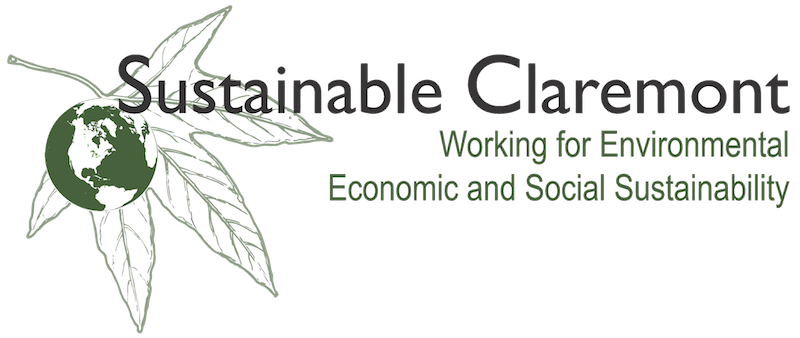Is the Keystone XL project dead? Not at all — it’s just the end of round one. President Obama’s recent statement still leaves the door open for a pipeline to be built from Canada to the Gulf to transport oil extracted from tar sands. The original proposal for the Keystone XL pipeline proposed moving oil through six states across part of the all-important Ogallala aquifer which provides ground water for 27% of all the irrigated land in the US as well as drinking water for 82% of residents who live within its borders. TransCanada has an alternative plan to route the pipeline around the aquifer. In addition, a domestic pipeline to carry surplus oil from Oklahoma to refineries in Texas is also under consideration. This could provide a portion that could later be expanded to Canada. An estimated 175 billion barrels of oil could be recovered from tar sand resources known to exist in Western Canada, second only to the resources in Saudi Arabia. Although Canadian crude from tar sands (we already get oil from wells in Canada) would help stabilize sources of oil for the US, there is concern about developing these resources at all. Some, such as climatologist James Hansen, believe it would be “game over” for control of global warming. So, is the Keystone XL pipeline a good or bad idea?
First, what are tar sands and how do they provide oil? Tar sands are deposits containing clay, sand, water, and a viscous oily substance called ‘bitumen’. They are too thick to pump and are mostly extracted by open-pit mining, although less destructive techniques are being tried. After extraction, the bitumen needs to be separated from the other materials by adding hot water. It is then thinned with lighter hydrocarbons or water so that it can flow through pipelines. Each barrel of oil produced requires over two tons of tar sands, along with considerable energy and several barrels of water. Until recently, the costs of extraction were too high to make this economically feasible.
What are the cons of mining tars sands and of Keystone XL?
- It takes a lot of energy to extract oil from tar sands (but there is a net gain)
- It takes a lot of water to extract the oil (some can be recycled)
- Three times the amount of carbon dioxide is produced as by conventional methods.
- Toxic waste threatens local nearby residents and wildlife (the death of birds in tailings ponds is being addressed)
- Habitat destruction (there are efforts to reclaim mined areas but so far the amount is very small as this is expensive, slow, and difficult)
- Air and water pollution at the sites of extraction and refining, and anywhere a leak occurs (efforts are being made to reduce pollution, and reduce the chance of oil spills).
- Large effect on global warming
- Possible contamination of the Ogallala aquifer from oil spills (the US would bear the environmental risk for oil that may be largely exported).
What are the pros?
- Profit for oil companies and their shareholders
- Increased supply of oil (this may decrease the incentives to develop renewable sources of energy and will certainly slow down progress in reducing human contributions to global warming.
- Job creation (almost all jobs due to the pipeline would be temporary and the number would be relatively small. TransCanada estimated 20,000 job years but counted one person employed for two years as two jobs. The Cornell University Global Labor Institute estimated many fewer jobs, and that most would be created outside of the US.)
- Keeping benefits here. If we don’t allow the pipeline to be built, TransCanada will try to build one to the Pacific and send the oil to China (There is considerable opposition in Canada to building a pipeline from Alberta to the coast. Fifty-five of Canada’s native tribes signed a declaration rejecting this in 2010, although they are being wooed by the oil interests).
Maybe the question we need to ask is “what is the right thing to do?” Regardless of what the US does, the Canadian tar sands may still be mined until alternatives are less expensive. So if something with serious environmental consequences might have benefits for us (even if they are short-term and limited), should we do it anyway to prevent someone else from getting those benefits, or because we think we can apply better pollution controls? If we work hard to make renewable energy an affordable reality, will other countries eventually follow and reduce their reliance on ‘dirty’ and environmentally-destructive sources of energy? What is in our long-term best interest?
To learn more about the Keystone XL project, please come to the next Sustainability Dialog and watch the film “Pipe Dreams”. The film will be shown on Monday, February 6 at 7pm in Room 101 of the Hahn Building, 420 N. Yale Ave.
Demystifying Sustainability is an initiative of Sustainable Claremont (sustainableclaremont.org).
